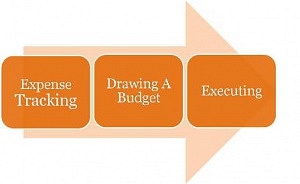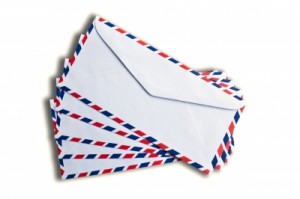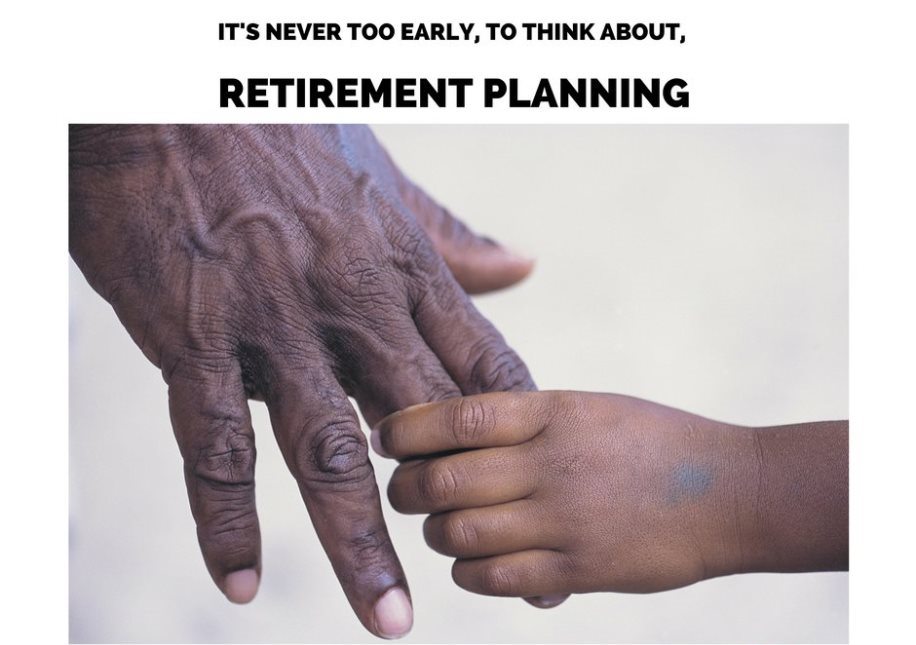The Envelope Method: An Easy Way To Stick To Your Budget
Everyone agrees that to take control of your finances, you must master the 3 budgeting steps as shown below. While I have written extensively about expense tracking and budgeting here, I haven’t given much practical advice on how to make sure you follow your budget once you have it in hand. This post is simplifies the third step; Executing.
What is the envelope method?
The envelope method is whereby you deposit specific amounts as per budget into specific physical envelopes, and the amounts are spent on what they’re designated for. For example, say you have allocated Kshs 10,000 for groceries shopping, Kshs 5,000 for entertainment and Kshs 7,000 for transport. At the beginning of each month, you should withdraw Kshs 22,000 from the bank, and divide it among three envelopes labelled, “Transport”, “Shopping” and “Entertainment”. If on a weekend you need to spend Kshs 1,000 on a night out with friends, then you take this money out of the Entertainment envelope.
With the advent in technology, it’s easy to dismiss the Envelope method as old fashioned and outdated but it has several advantages that make me recommend it:
1. It is tangible, practical and error proof. Most of us have a set budget at the beginning of the month, but tend to lose track of spending as the month progresses, sometimes ending up dipping into our savings to spend on critical items, because we spent the cash allocated to these items on non critical items.
2. The Envelope Method is also an easy way to continuously track your expenses. This helps helps perfect the budgeting process as time goes by. Wouldn’t it be great if at the end of every year you could account for every cent you earned?
3. Research has shown that we find it easier to swipe the card than to spend cash (even when it’s a debit card). Having the cash at hand ultimately ensures that you think through every purchase.
4. Finally, the Envelope Method saves you on ATM withdrawal charges, since you withdraw only once or twice in a month.
How do you determine which categories should go into envelopes?
I plan to use the Envelope Method next month, and I have split my budget into two; the first part has savings and expenses which I pay either by cheque or bank debit, and the second section has expenses I usually pay in cash, which will go into my envelopes. The classification looks something like this:
| Savings | Cheque / Direct Debit |
| Rent | Direct Debit |
| Giving | Cheque |
| Car Insurance | Monthly Savings Acc |
| Fuel & Vehicle Maintenance | Envelope |
| House Shopping | Envelope |
| Gym | Cheque |
| Entertainment | Envelope |
| Clothing & Shoes | Envelope |
| Groceries | Envelope |
| “Pocket money” | Envelope |
The envelopes will be particularly useful for me, because I find that every month, I have money that “goes missing”. For example, I rarely spend the money dedicated to fuel maintenance since my car is mostly trouble free, but I never have this cash in the account at the end of the month. When the car develops trouble, I have to cut back on savings or other items to fix it. The other line item I can never really account for is “Pocket money”. With time, I am able to refine my budget by adding more categories or delete irrelevant categories
Tips to make it work
- Keep it simple: I always advice that your monthly budget should have as few expense lines as possible. This makes it easy to follow and track. For example, with my budget lines above, I only need to track 5 items; house shopping, fuel and car maintenance, entertainment, groceries and pocket money. Lump together items that are similar in nature, to eliminate unnecessary expense lines. For example, kitchen items and bathroom supplies don’t have to be in different categories, you can have them together as House Shopping like I do.
- It’s ok to borrow from certain categories and not others. For example, if you get too many guests during the month and your groceries allocation runs out, it’s acceptable to borrow from the entertainment, or clothes envelope. It’s however not acceptable to borrow from groceries (a need), to pay for entertainment (a want).
- Set up a savings account to save for those items you only pay for once in a year. An example of this is car insurance. Most of us don’t put aside money for this during the year, and scramble to pay when it falls due.
- When you spend money out of an envelope, write the date, the place where you spent the money, and the amount on the back of the envelope. This will be helpful to you at the end of the month as you think about ways to manage that category more effectively, and as you prepare your monthly expense statement.
- When the money is gone, it’s gone! If an envelope is empty before the next paycheck, fight the urge to withdraw more money. Discipline!
Would you use the Envelope Method to track your expenses? If not, what methods do you use?





12 Comments